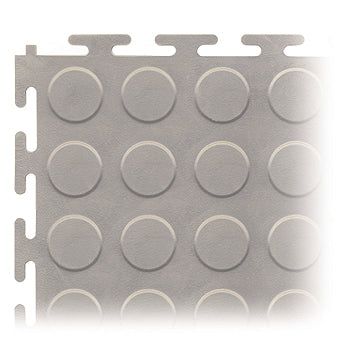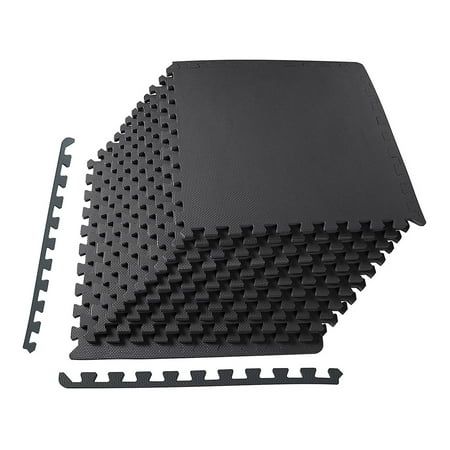Table of Contents
Toggle
How to Choose The Right Mat
Rubber mats are versatile and practical flooring options that can be used in a variety of settings. From gyms and fitness centers to industrial workplaces and even residential areas, rubber mats provide numerous benefits such as slip resistance, noise reduction, and durability. However, with so many options available in the market, choosing the right rubber mat can be a daunting task. In this article, we will discuss the important factors to consider when selecting a rubber mat to ensure you make the best choice for your specific needs.
Purpose:
The first step in choosing the right rubber mat is to determine its intended purpose. Are you looking for a mat for your gym, workshop, or kitchen? Different settings require different types of rubber mats. For example, a gym mat should be shock-absorbent and provide good traction, while a kitchen mat should be resistant to grease and oils.
Thickness:
The thickness of the rubber mat is crucial, as it affects the level of comfort and support it provides. Thicker mats are generally more comfortable to stand or walk on for extended periods. However, they may also be more expensive and harder to clean. Consider the activities that will be performed on the mat and choose the appropriate thickness accordingly.
Size:
The size of the rubber mat is another important consideration. Measure the area where the mat will be placed to ensure it fits perfectly. A mat that is too small may not provide adequate coverage, while a mat that is too large may be difficult to handle and may pose a tripping hazard.

Durability:
Rubber mats are known for their durability, but not all mats are created equal. Look for mats that are made from high-quality rubber that can withstand heavy use and resist wear and tear. Consider the expected foot traffic and the type of activities that will take place on the mat to ensure it can withstand the demands of your specific environment.
Slip Resistance:
One of the key benefits of rubber mats is their slip resistance. When choosing a rubber mat, look for one that has a textured or patterned surface, as this will provide better traction and reduce the risk of slips and falls. Additionally, consider whether the mat will be used in wet or oily conditions and choose a mat with appropriate slip resistance properties.
Cleaning and Maintenance:
Rubber mats should be easy to clean and maintain to ensure their longevity. Look for mats that are resistant to stains, mold, and mildew. Mats that can be easily wiped clean or hosed down are ideal for areas that are prone to spills or dirt accumulation. Avoid mats that require special cleaning agents or excessive maintenance, as they may become a hassle to maintain in the long run.
Comfort and Ergonomics:
If the mat will be used for prolonged periods, such as in a workplace or kitchen, consider its comfort and ergonomic features. Look for mats that offer cushioning and support to reduce fatigue and provide relief to the feet, legs, and back. Anti-fatigue mats, for example, are designed to minimize discomfort and strain caused by standing for extended periods.
Environmental Considerations:
If environmental sustainability is important to you, consider choosing a rubber mat that is made from recycled materials. Many manufacturers now offer eco-friendly options that are not only durable and functional but also help reduce waste and promote a greener environment.
Choosing the right rubber mat is essential to ensure safety, comfort, and durability in various settings. By considering factors such as purpose, thickness, size, durability, slip resistance, cleaning and maintenance, comfort and ergonomics, and environmental considerations, you can make an informed decision and select a rubber mat that meets your specific needs. Remember to assess your requirements, evaluate different options, and seek recommendations from experts or trusted sources to make the best choice. With the right rubber mat, you can enjoy the benefits of a reliable and long-lasting flooring solution.
